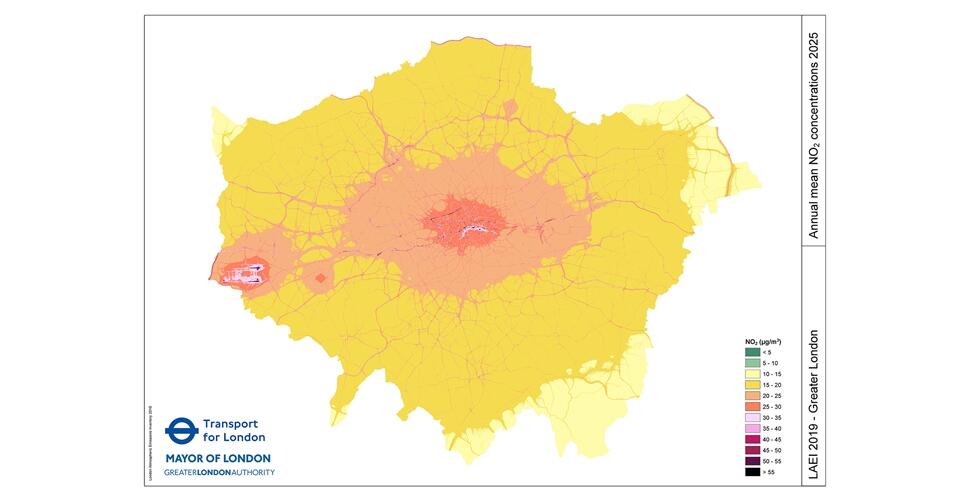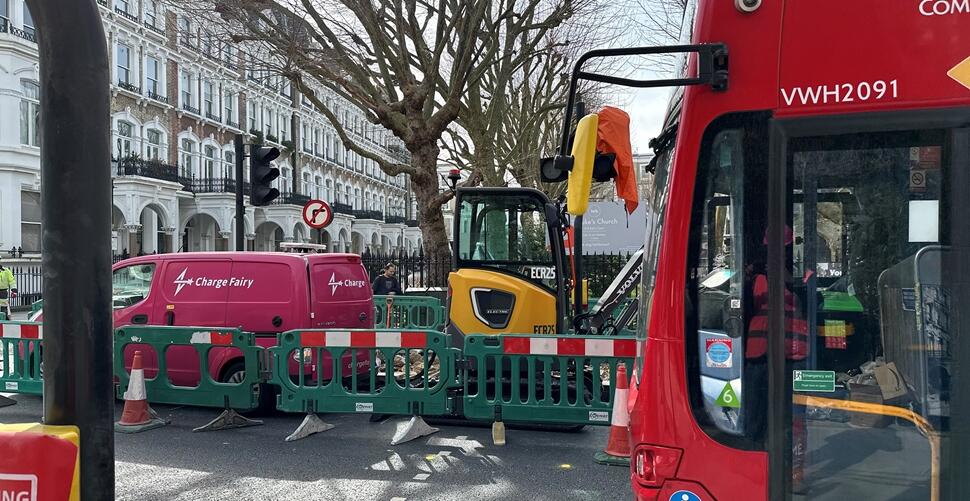Uncovering the positive impact of electric compact machines on public health

We often talk about electric machines producing zero emissions, but what does that really mean? When fossil fuels are burned in machines like cars and construction equipment, harmful emissions like NOx (nitric oxide and nitrogen dioxide) and particulate matter (PM) are produced, both of which are bad for our health.
But what’s perhaps less well known is that it’s the smaller, compact machines – rather than the larger machines – that release more of these health impacting emissions. In Europe, these smaller machines are responsible for over half of all NOx emissions from construction equipment. Why?
While construction machines of all sizes must comply with Stage V regulations, smaller machines are exempt from emission controls within the Stage V standards due to their smaller engine size. Larger machines have complex after-treatment systems whereas smaller compact machines do not. This means these smaller compact diesel machines, often working in the middle of our cities, can release harmful emissions in densely populated areas without the same checks.
Switching from diesel to compact electric machines can change all that. Without an internal combustion engine, these machines produce no tailpipe emissions. If cities in Europe swapped out their compact diesel machines for electric, they could potentially cut harmful pollutants in half, providing a breath of fresh air for cities.
The case for electric construction equipment in clean air zones
Take London, where approximately 5,000 compact diesel excavators currently operate. Together, they emit 152.7 tons of NOx and 8.1 tons of PM annually – comparable to the emissions from over 100,000 diesel cars. Replacing these with electric machines would be like taking 10% of active cars off the road in London.


Volvo electric compact machines in collaboration with Transport for London, FM Conway and Charge Fairy.
- A six-week trial in central London, involving Transport for London (TfL) and contractor FM Conway, tested mobile charging for Volvo’s zero-emission construction machines.
- In Oslo, 85% of municipal construction sites are emissions-free and the city hopes to reach 100% by the end of this year. Norway’s national government has also just allowed all cities to set up zero-emission zones that mandate electric construction.
- Stockholm is targeting 50% electric machine use on the latest phase of its pioneering project to redevelop the historic meat-packing district.
- Helsinki is pledging to use at least 20% emission-free machinery for public projects from 2025, rising to 50% by 2030.
Customers adopting compact electric machines will unlock new business opportunities in forward-thinking cities like these that recognize the effect of construction equipment on air quality. They’re also ideal for use in indoor environments. Momentum to clean up the air in our cities is growing.
Why are NOx and PM so dangerous?
NOx gases contribute to the formation of smog and acid rain and negatively affect ozone levels, especially in the summer. And since smog can be transported by wind currents, the impact is felt by people and regions far beyond the original emission source.
Particulate matter (PM) are tiny particles in the air that we mostly can’t see. They exist all around us and come from various sources like construction sites, industrial processes, and household activities. Particles smaller than 2.5 micrometers are the most dangerous to human health as they can enter the bloodstream, penetrating deep into the lungs, leading to respiratory and cardiovascular diseases, stroke, lung cancer, and other serious health issues.
The World Health Organization (WHO) lists air pollution as the top environmental health risk, causing around one in nine global deaths annually. While over 6,000 cities in 117 countries monitor air quality, 99% of the world population is breathing air that exceeds WHO limits.
Replacing diesel compact machines with electric ones in cities isn’t just good for air quality; it also helps reduce noise pollution - another challenge policymakers in our cities must address to deliver cleaner, quieter, and healthier environments for workers and residents alike.


